Vietnam is a captivating country, with a fascinating history and culture. One aspect of its diversity is the presence of 54 ethnic groups, with the Kinh (Vietnamese) being the majority (about 86% of the population). Among the minority groups, there is a mosaic of people with unique traditions, who contribute to the beauty and complexity of the country known as the Blue Dragon.
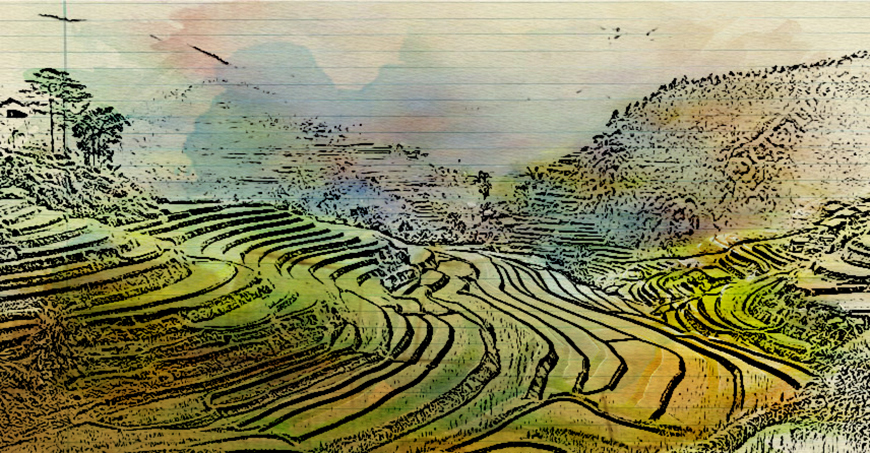
Rice terraces - Photo : internet
A panorama of minority ethnic groups
An overview of ethnic minorities reveals the importance of the Tay, Nung, H'Mong, Dao, Thai and Khmer groups. They reside mainly in the mountainous regions of the north and center of the country, where they have developed distinct lifestyles in harmony with their environment.
The crafts and the traditions
Each ethnic group is distinguished by its crafts, clothing and jewelry. For example, the H'Mong are known for their embroidery and indigo dyeing, while the Dao are excellent in metalwork and forging. Tay and Nung are celebrated for their brocade weaving and wood carvings.
Music and festivities
Traditional music and dances play an essential role in the culture of each ethnic group. Thus, the H'Mong and Dao have a tradition of polyphonic singing, while the Tay and Nung celebrate their festivals with dragon and lion dances.
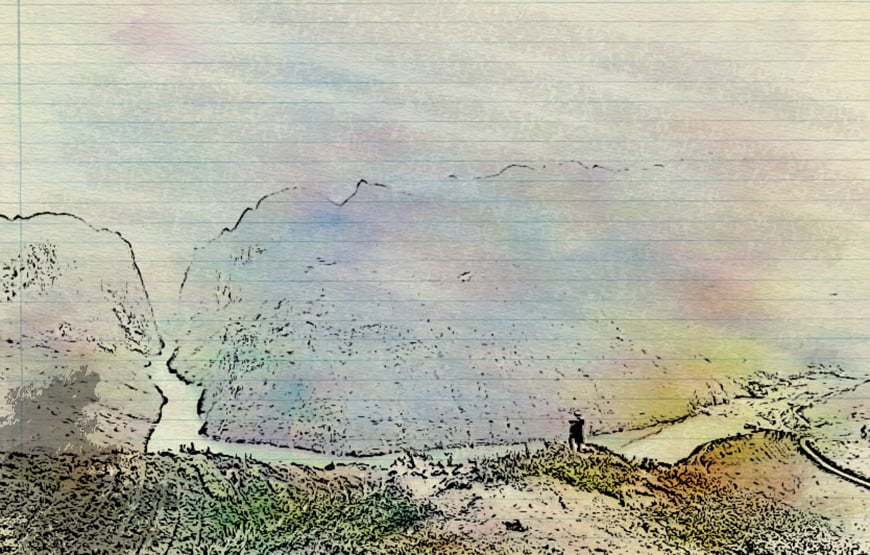
View from Ma Pi Leng Pass - Photo : internet
The North: A Hotbed of Diversity
The northern region of Vietnam is home to diverse ethnic groups. Some of the most important include:
- • Tay: The second largest ethnic group in the country, the Tay reside mainly in the mountainous areas of the north. They are known for their farming skills, weaving and handicrafts.
- • The Thais: Originally from Laos and Thailand, the Thais settled in the valleys of northwestern Vietnam. They are famous for their stilt houses, folk dances and kite festivals.
- • The Hmong: Originally from the mountains of southern China, the Hmong migrated to Vietnam centuries ago. They are known for their terraced crops and embroidered clothing.
- • Dao: Divided into several branches (such as Red Dao, Black Dao, etc.), Dao inhabit the mountainous regions of the Northwest. They are known for their shamanic rituals and indigo dyeing.
- • Nung: Similar to Tay, Nung reside in the mountainous areas of the northeast. They excel in rice cultivation and forging.
- • The Muong: Affiliated with the Kinh, the Muong inhabit the northern plains and valleys. They share many customs with the Vietnamese but retain their own language and identity.
Lesser known include:
- • Black Lolo: living in the remote mountains of Ha Giang, they are known for their facial tattoos and indigo clothing.
- • Pu Peo: living in the mountainous regions of Lai Chau and Lao Cai, they are known for their stilt houses and complex weaving techniques.
- • Co Lao: mountain people of Ha Giang province, they practice terraced agriculture and maintain a traditional way of life.
- • Tay Dam: concentrated in Cao Bang province, they are known for their polyphonic songs and unique musical instruments.
But now it’s time to tell you about my 4-day journey in Haut-Tonkin…
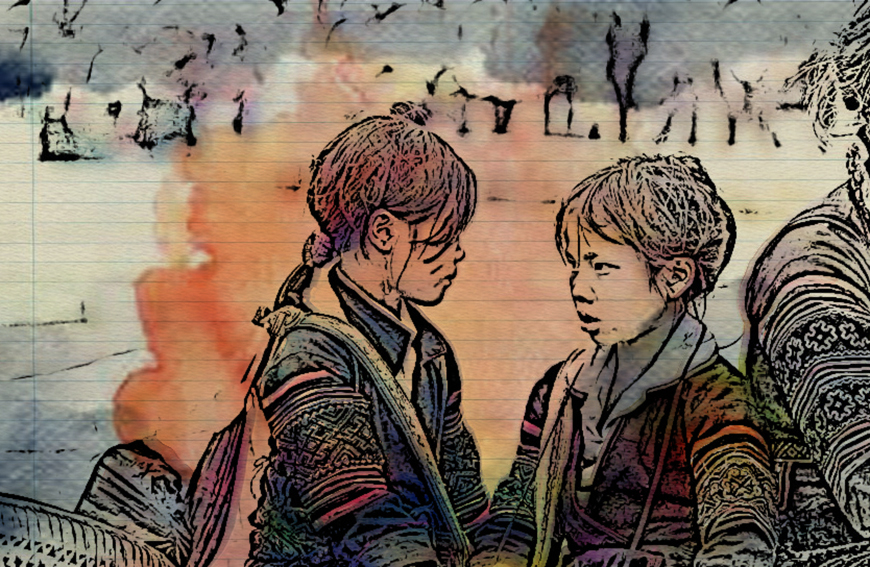
Kids in Sapa - Photo : internet
Day 1: Sapa, meeting with the Hmong
Nestled in the misty morning mountains of northwestern Vietnam lies a small town called Sapa. As the day begins, I navigate between the lively market stalls, where the Hmong, easily recognizable by their colorful costumes and distinctive headdresses that signify the age, marital status and origin of the woman, present their craft products. An old man with a face worn by time tells me the legend of the "love market", an ancient tradition where young people gather and sing in search of love. Intrigued, I promise to return on a Saturday evening to attend this unique show that takes place in front of the stone church, at the foot of the Ham Rong mountain.
Day 2: Trek in the mountains, immersion in the Dao
Adventurous and determined, I embark on a hike through steep mountains to reach a dao village. Greeted by warm smiles, I discover a simple and authentic lifestyle. The skilled women, experts in weaving, give me a demonstration of their ancestral techniques and share with me the legend of the "Weaving of destiny", where each motif symbolizes an event of life. In the evening, gathered around a campfire, the polyphonic songs of Dao resound in the night, creating a magical and unforgettable atmosphere.
Did you know that… According to a dao legend, the world was once plunged into darkness. One day, an ancestor Dao climbed to the top of a mountain and captured the sun in a net. He brought him back to earth and gave light to his people.
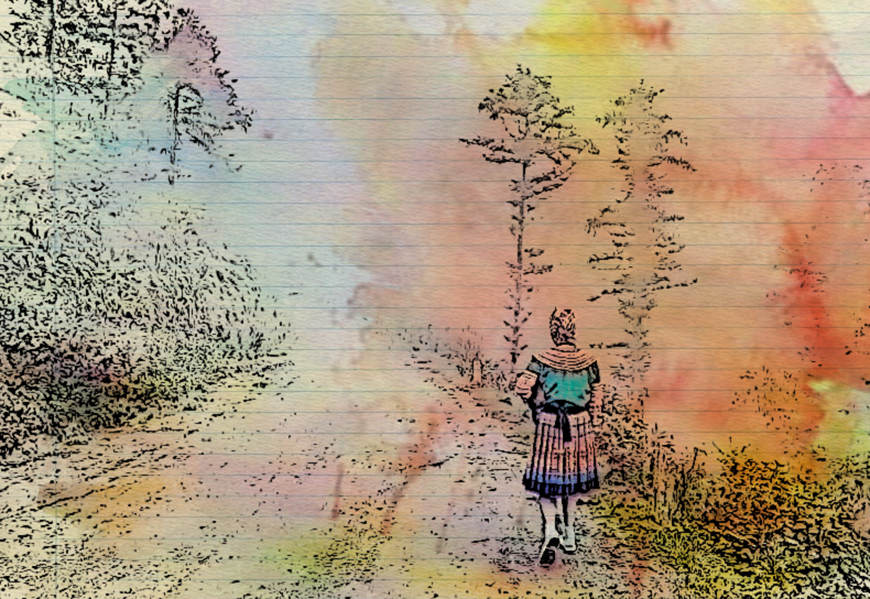
On the road to Bac Ha - Photo : internet
Day 3: Bac Ha, discovery of Tay and Nung
I take the road to Bac Ha, famous for its Sunday market where the Dao, a fascinating mountain tribe meet. The market of Bac Ha, an explosion of colors and flavors, attracts the inhabitants of the neighboring villages. I navigate between fruit and vegetable stalls, crafts and local products, captivated by the diversity of cultures. A Tay artisan tells me the story of "votive paper", an offering to the ancestors as a sign of gratitude for their protection. Intrigued, I observe the Nungs, skilled blacksmiths, who shape the metal with remarkable precision and dexterity. I am delighted to meet a long-time friend, belonging to the Dao ethnic group, who invites me to lunch with his family. On the menu, sticky rice, the main dish of the region, accompanied by vegetables and buffalo meat. I then discovered the art of weaving, an ancient tradition among the Dao, and admired the complex and colorful patterns that adorn their clothes.
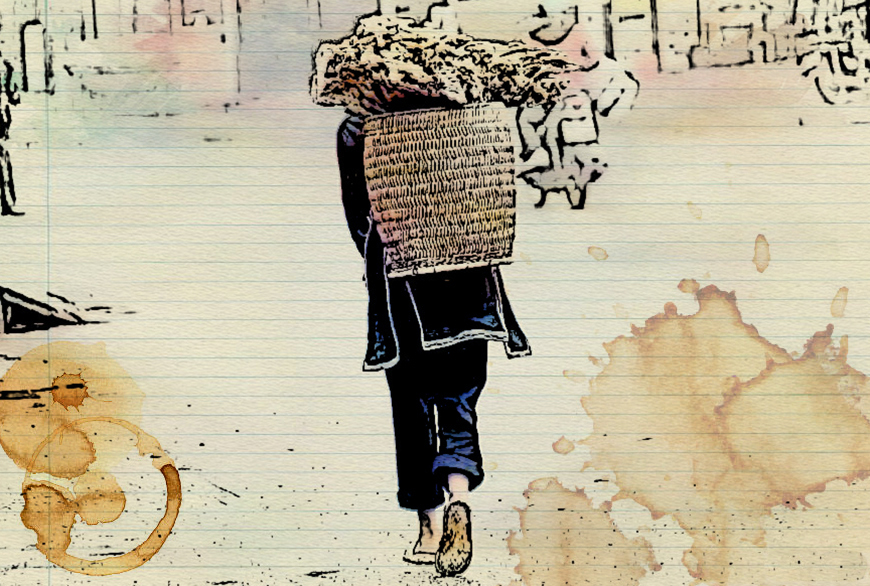
Street of Sapa - Photo : internet
Day 4: Ha Giang, meeting with the Muong, Lolo and Thai
Leaving my friend’s family, I head to Ha Giang, a region with spectacular landscapes. Along the way, I meet the Muong, descendants of the country’s first inhabitants, who fascinate me with their botanical knowledge and animist rituals. My steps lead me to meet the Tay, majority people in the region, and am impressed by their agricultural know-how. They cultivate rice on terraces, an ancestral technique that follows the curves of the mountains. Further, in a remote village, I discover the Lolo, a mysterious people known for their bewitching polyphonic songs and their brightly colored costumes. Finally, I immerse myself in the culture of the Thai, famous for their houses on stilts and their intricate weaves. For the record, I even had the opportunity tethno participate in the preparation of a traditional meal based on fresh fish caught in the river and vegetables from the vegetable garden, while listening to the legend of a giant who, with a kick, dug the Nho Que River. Its footprint is still visible today on a mountain in the region.
Epilogue: A transformative journey
Back home, I am deeply affected by these unique encounters and experiences. I discovered fascinating cultures, ancestral traditions and timeless wisdom. This journey allowed me to reconnect with the very essence of humanity and opened my mind to the beauty of diversity.
Tips for responsible travel
- • Choose tours organized by local agencies specializing in ecotourism and solidarity tourism.
- • Respect the customs and traditions of the ethnicities visited.
- • Encourage the purchase of local handicrafts, an important source of income for minority populations.
- • Behave responsibly and minimize your impact on the environment.
► If you too want to live experiences at the end of the world that are profoundly impactful, get inspired by the itineraries below!